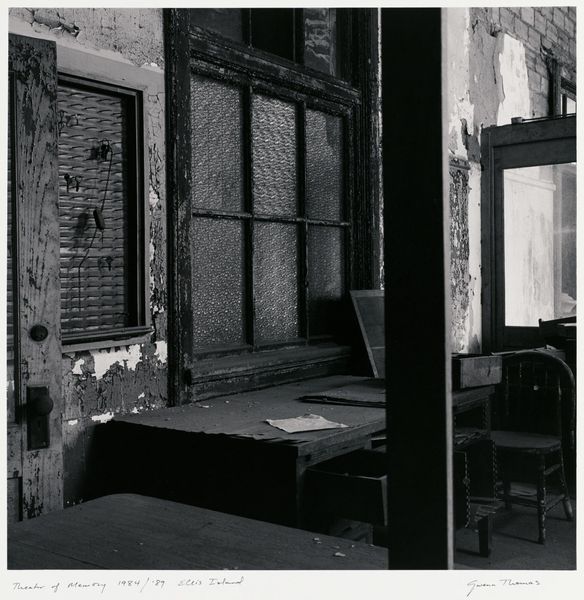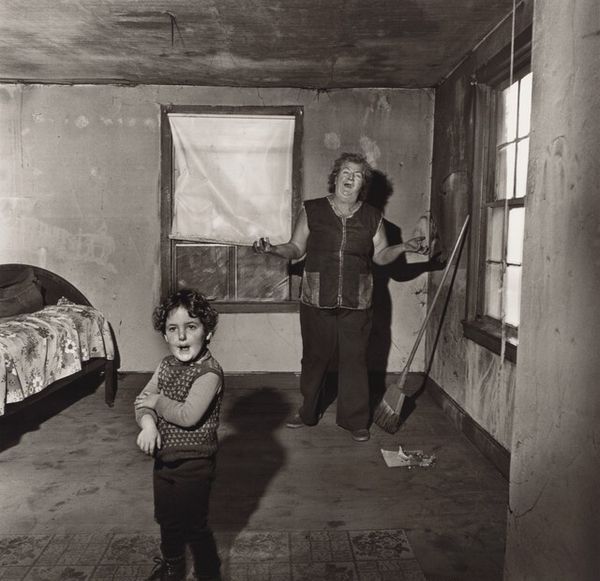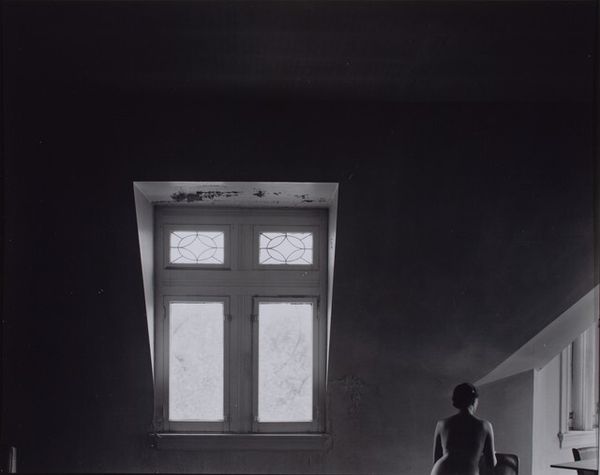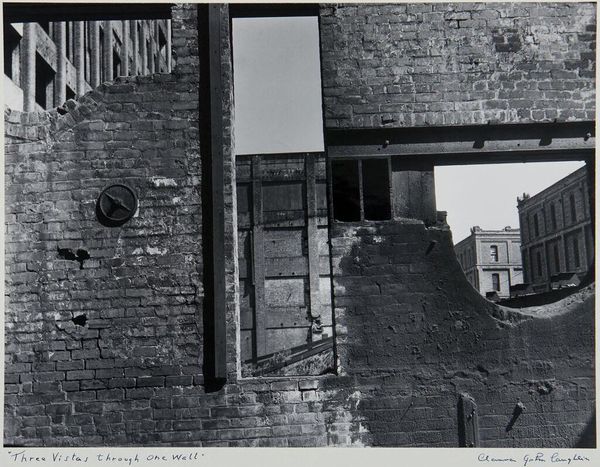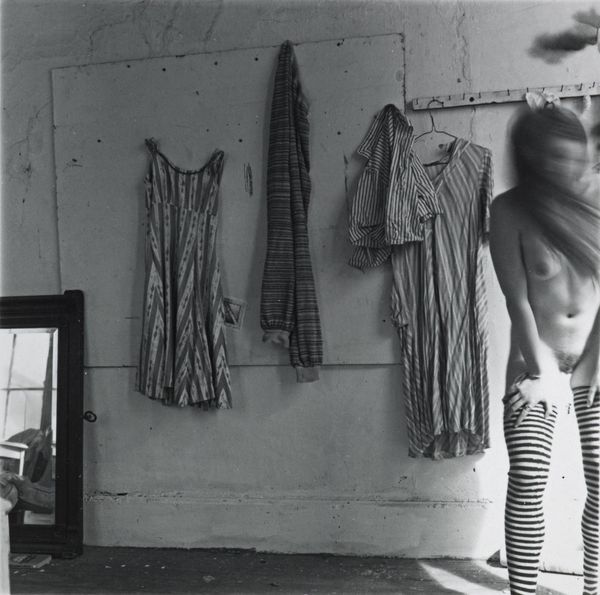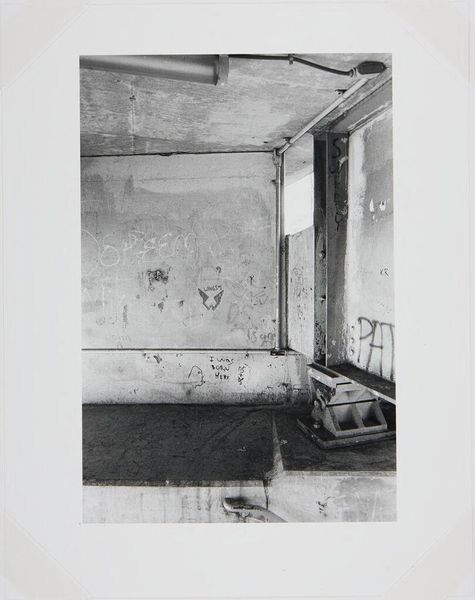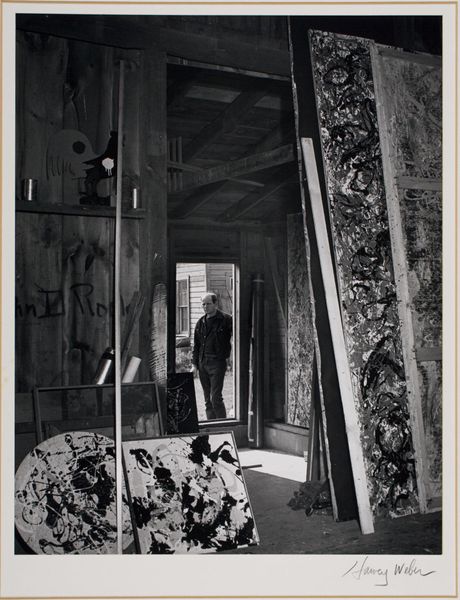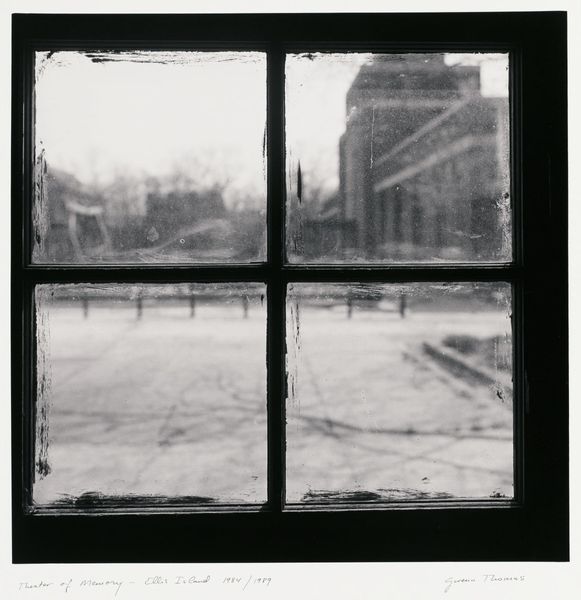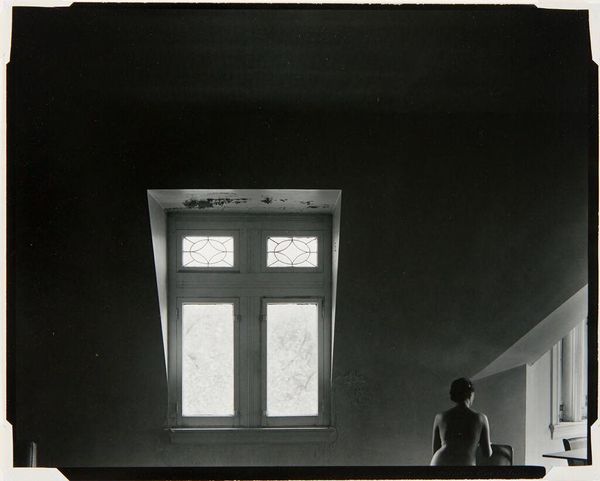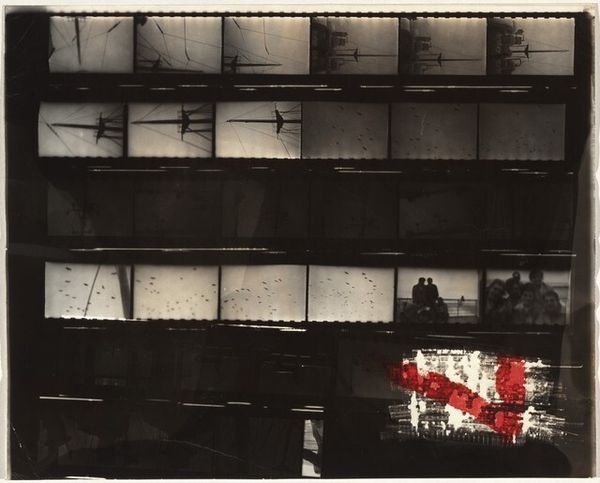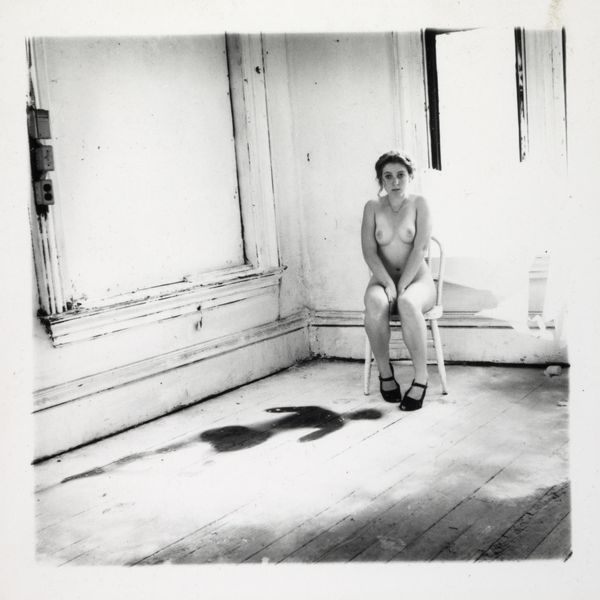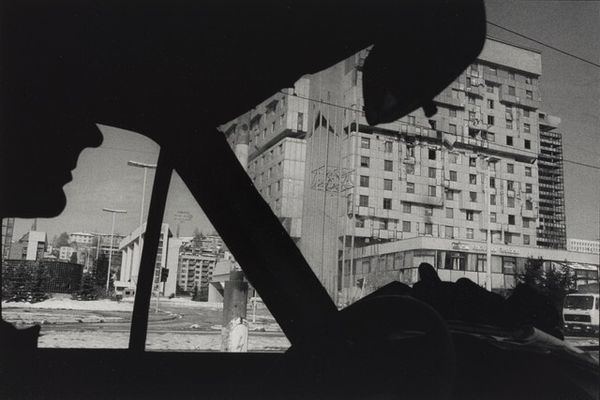
photography, gelatin-silver-print
portrait
conceptual-art
black and white photography
street-photography
photography
black and white
gelatin-silver-print
monochrome photography
monochrome
realism
monochrome
Dimensions: image: 38 × 48.26 cm (14 15/16 × 19 in.) sheet: 40.32 × 50.8 cm (15 7/8 × 20 in.)
Copyright: National Gallery of Art: CC0 1.0
Curator: This is Arthur Tress’s “Boy in Furniture Store, Newark,” taken in 1967, a gelatin silver print. What's your initial response to it? Editor: Stark. The light and shadow amplify the devastation around the boy. It looks like the aftermath of a fire or a riot, maybe. Curator: Tress often photographed marginalized communities, particularly during times of social upheaval. Think about the context: this image was created in Newark, New Jersey, a city deeply affected by the 1967 riots. Knowing this, how do you read the image differently? Editor: The setting shifts from generic decay to something far more specific and charged. Look at the painted advert: "Buy Right at Bilt-Rite". A tragic commentary on the unattainability of the American Dream for many, literally undermined. The sofa looks almost sculptural, ironically promising comfort amid the destruction. The materiality itself - the peeling paint, splintered wood - screams of neglect. Curator: Absolutely. And the boy himself? His posture, the almost nonchalant way he leans against the painted sofa, speaks volumes about resilience, but also, perhaps, a certain resignation. There's an intersection of race, class, and urban decay at play here. The image invites us to consider the structural forces that shape individual lives. Editor: The ruined interior—what's left of that furniture store. This creates an uncomfortable dialogue with consumption. He almost *becomes* an object within the damaged consumer landscape. He's framed not by affluence but by its ruin, really emphasizing a visual argument about material inequity. Curator: Precisely, a juxtaposition Tress uses powerfully. Consider the wider societal context; civil rights movements, escalating racial tensions, economic disparities, which provide us insight into a boy's resilience amidst what must have felt apocalyptic to those who survived that summer. Editor: It certainly leaves a mark. I was initially caught by the ruin, the stark black and white contrast. Understanding the social elements shifts everything; I agree, there's resilience here, and powerful critique too. Curator: It is this layered understanding, this grappling with materials, social context, and its impact that makes art relevant. Editor: Agreed. I see this photograph very differently now, not merely as document of a ruined place, but as a material reminder of broader injustice.
Comments
No comments
Be the first to comment and join the conversation on the ultimate creative platform.
